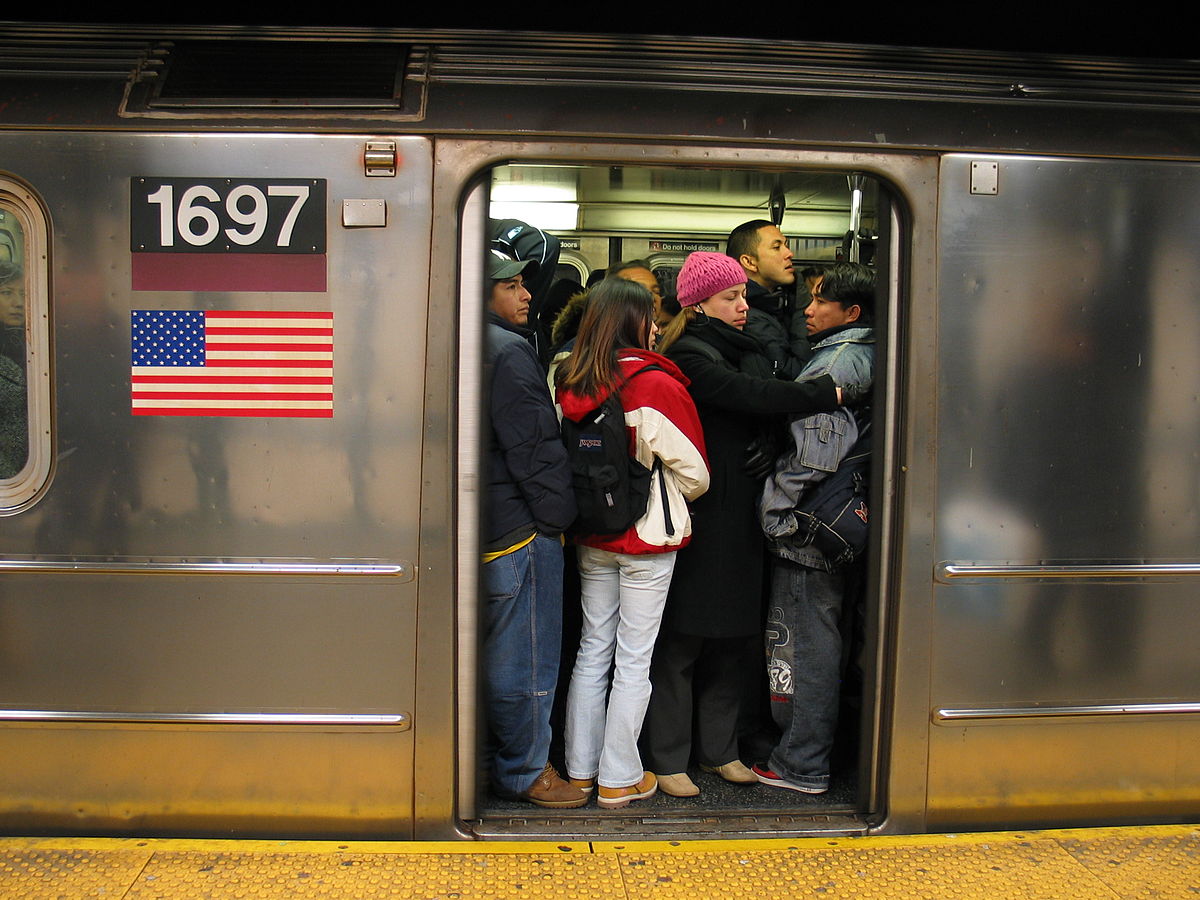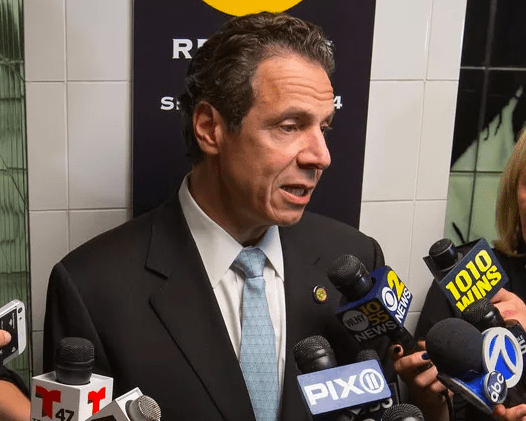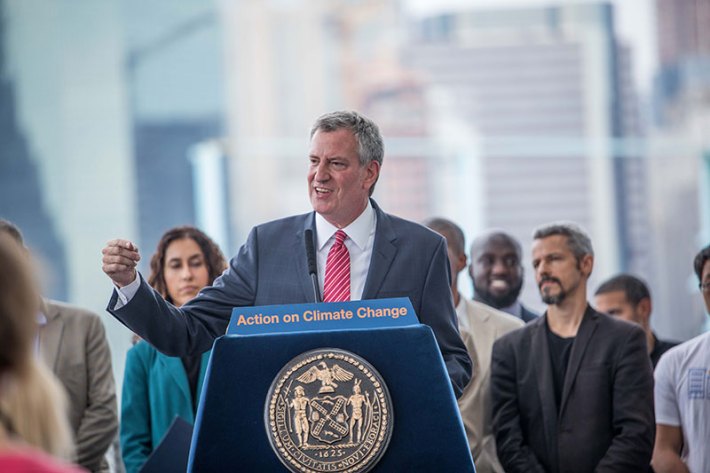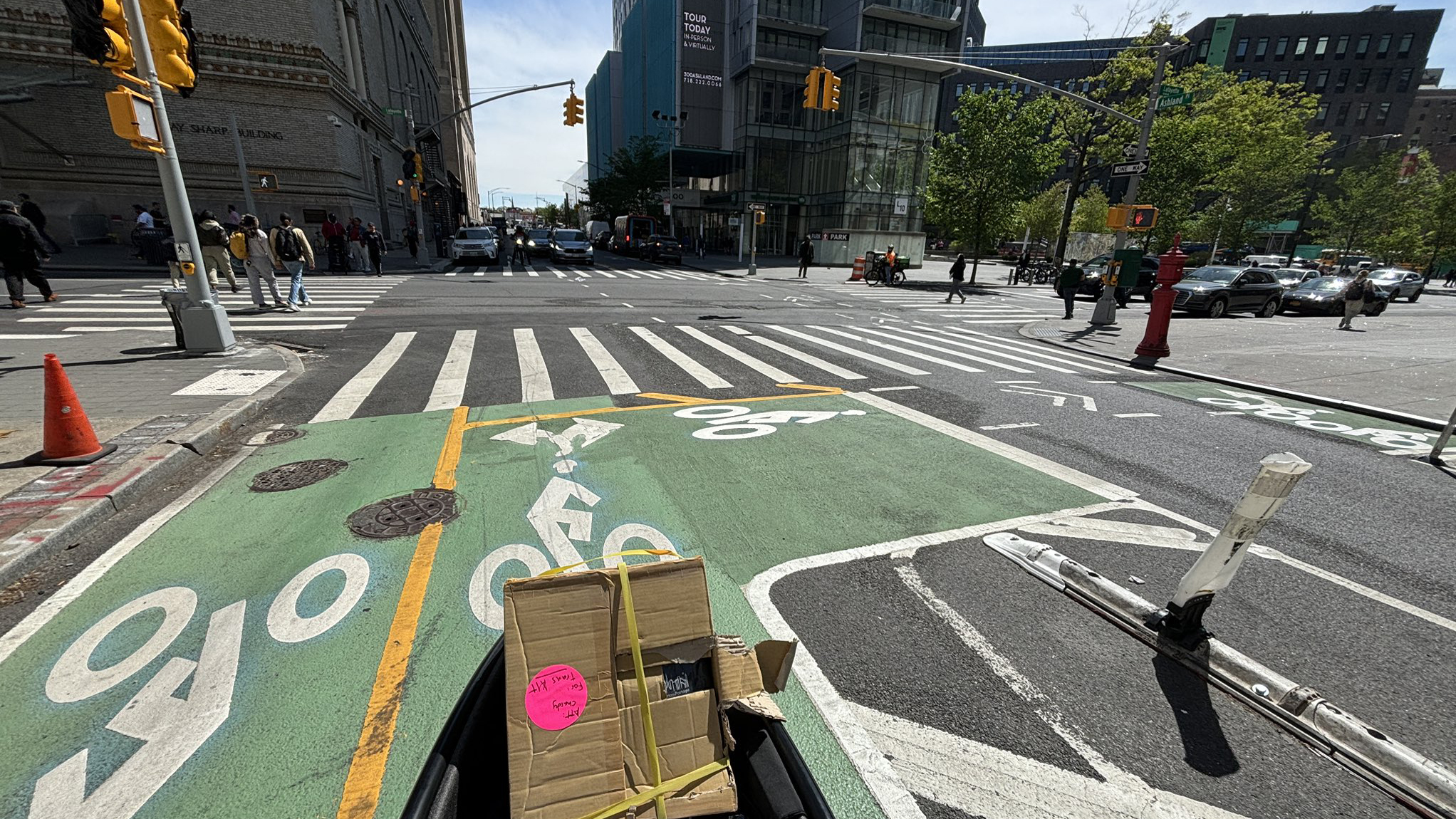The 2017 NYC Streetsies, Part 2
5:09 AM EST on December 28, 2017
2017 will be remembered as the year New Yorkers gained the ability to instantly share outrageous transit delays and obscenely crowded platforms via Twitter, Facebook, and Instagram thanks to the spread of wireless connectivity to every subway station. Angry real-time tweets may be the salvation of train and bus service.
The second round of Streetsies is all about our faltering transit system, the elected officials who've failed to steer out of this mess, and assorted other malfeasance by the public figures who shape New York streets and transportation policy.
Catch up on round one here, and stay tuned for the (much more upbeat) finale tomorrow.
Subway Meltdown of the Year
Other subway meltdowns delayed more people, but none distilled the current misery of New York City transit to its purest essence quite like the dark inescapable F train sauna that nearly suffocated hundreds of people.
Everyone who rides the subway knows that helpless feeling when things go wrong. Few of us ever experience it so intensely: Your train loses power and you're stuck in a tunnel for nearly an hour on a hot June day, doors sealed shut, hundreds of bodies inside raising the temperature while depleting the oxygen supply, with no way to know how long the situation will last.
While exceptionally nightmarish, the incident sprang from typical problems at the MTA, where governors have stretched essential maintenance too thin for too long. The cause in this case was a power failure on a 40-year-old train. Beyond that, the MTA, never known for leveling honestly with riders, didn't explain much.
Least Convincing Disappearing Act
Andrew Cuomo rang in 2017 claiming all the credit for completing a three-station subway extension on the Upper East Side. A few months later, facing a swell of anger over deteriorating transit service systemwide, he tried to dodge responsibility by telling reporters that he merely has "representation on the board" of the MTA, not de facto control over its budgeting and key personnel.
In the seventh year of his tenure as governor, no one was buying it. For a long time, Cuomo bet that he could get away with funding expensive mega-projects instead of basic transit repairs, prioritizing frills like Wi-Fi instead of core system needs like better signals, and buying political favors instead of controlling costs. 2017 was the year the Cuomo transit bubble burst. For millions of New Yorkers, it was ugly and painful, with cratering service quality upending people's daily lives.
There's still time for a Cuomo redemption arc, but only if the governor takes responsibility for the transit system he controls.
Worst Excuse
When council members pressed the MTA to account for why it gets so little bang for its capital construction buck, agency chief and Cuomo appointee Joe Lhota responded with a familiar litany of excuses about the difficulties of building tunnels and performing track work in New York.
But New York is not the unique global exception MTA brass make it out to be, and the need to rapidly accelerate the pace of capital upgrades is too urgent to avoid directly confronting the agency's cost problem. To turn things around at the MTA, Cuomo and Lhota will have to wrestle capital costs under control.
Hypocrite of the Year, a.k.a. the Parking Placard Progressive Award
He says he'll lead on climate, but he's not doing nearly enough to meet his administration's own goals for low-carbon transportation by shifting street space away from cars. He claims to fight for fairness, then he bestows 50,000 parking placards on a favored constituency and rules out congestion pricing, one of the single best policies to create a fairer surface transportation system. He paints himself as a provider of sanctuary in the Trump era while he sics NYPD on immigrant delivery cyclists.
The gap between Bill de Blasio's professed values and his actual transportation policies has never been wider. And that's before you consider his daily SUV convoys between Gracie Mansion and Park Slope, his pathetic Midtown traffic management plan, his silly streetcar, and his constitutional inability to tell the bike-hating NIMBY crowd that empirical evidence contradicts everything they say.
NYC government is still capable of delivering good projects for walking, biking, and buses, but we can only imagine how much more would get done if an executive with a genuine understanding of urban streets and transit was in charge at City Hall.
The Rosetta Stone of Placard Corruption
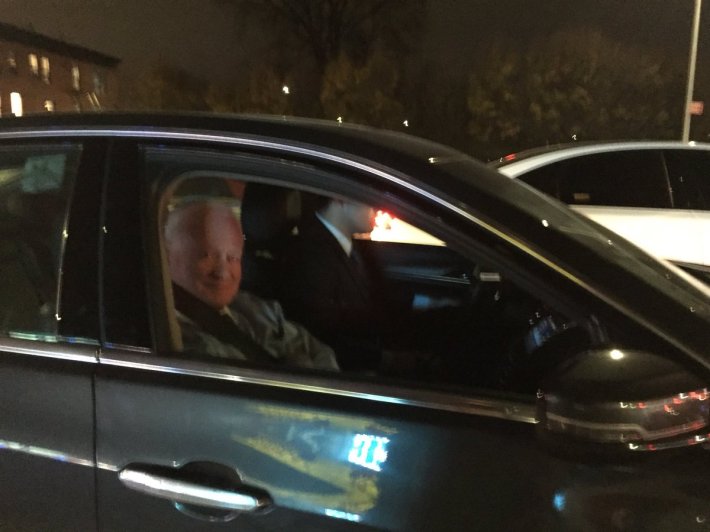
If you want to understand transportation politics in New York City, you need to understand parking placards. And if you want to understand parking placards, the place to start is this story of brazen misconduct by State Senator Marty Golden. The very short version is that Golden wanted to use a bike lane to bypass a traffic jam in his chauffeured Cadillac, so he waved his parking placard at Brian Howald, who was lawfully riding in the bike lane, and threatened to haul him to a police precinct unless he got out of the way.
Since the main purpose of parking placards is to bully traffic enforcement agents out of issuing tickets, you'd expect habitual users to develop a taste for hardcore abuses of power like impersonating a police officer. The real revelation in the Golden story is what it says about the corrupting influence of placards at the highest levels of the Albany legislative process.
Golden is the senior Republican representing New York City in the State Senate, which makes him a gatekeeper for legislation affecting the city. In multiple sessions, Golden has obstructed or watered down bills to expand traffic enforcement cameras in NYC. Unlike traffic enforcement agents, cameras can't be intimidated by a placard.
You can see why Golden would hesitate to allow more of them: His Cadillac has been racking up hundreds of dollars in camera-issued fines for speeding and running red lights. Until the cameras came along to override his placard, he could get away with all that.
A former cop who has a special relationship with the city's police unions, Golden appears to enjoy elite status even within the cohort of placard holders. He's one of only a handful of state senators to receive a parking placard from City Hall, according to Politico, despite repeatedly frustrating one of de Blasio's purported legislative priorities.
Golden doesn't have a placard because it serves a public need. He has a placard because it confers private privileges that another arm of local government, which might need his vote or his influence one day, does not want to withhold. And that's how the whole corrupt placard system keeps perpetuating itself.
Most Craven Legislating
NYC's speed camera program has saved lives, and a major expansion nearly had the votes to clear both chambers in Albany this year. But neither Golden nor turncoat Democrat Simcha Felder stepped forward to support the bill in the State Senate, torpedoing a measure that likely would have prevented dozens of violent deaths each year.
Worst Representation
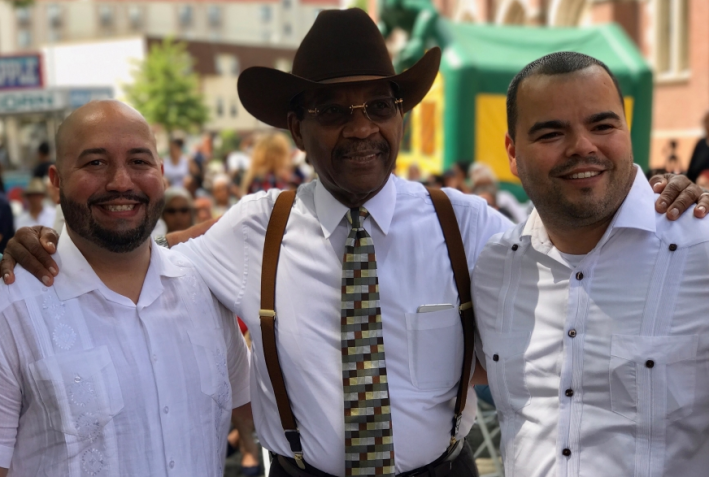
More than three quarters of the households near the Bx6 bus route in the South Bronx don't own cars. There are no cross-Bronx subways, so they depend on the Bx6 to make east-west trips. Still, Council Member Rafael Salamanca, state senators Ruben Diaz, Sr. and Jeff Klein, and Assembly Member Marcos Crespo thought the idea of a bus lane for Bx6 riders was too much, because it would impede traffic. Fortunately for bus riders, DOT didn't bend on this one.
NIMBY of the Year
It's 2017 and the president can't bring himself to condemn a rally of armed Nazis on American soil. What would Archie Bunker say if he were a real person, still living in Queens, emboldened by this political moment?
We don't really have to speculate because Ann Pfoser Darby, erstwhile member of Queens Community Board 4, filled us all in. Pfoser Darby, you may remember, is the older woman who said no one would use a protected bike lane on 111th Street in Corona because Trump will soon deport "the illegals."
In the hierarchy of New York City political power, Pfoser Darby occupied a low rung and soon lost her seat on CB 4. The project she opposed was built without an endorsement from the community board. Still, her remarks raise the question of how many other CB members, first appointed decades ago, harbor bigoted views and get to weigh in on matters that affect a public they hold in contempt.
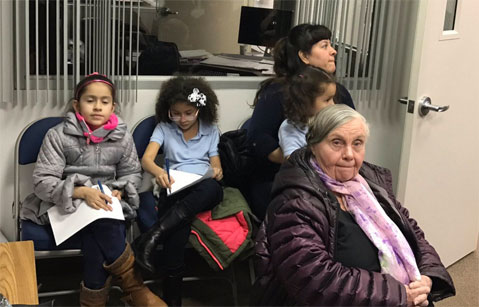
Stay in touch
Sign up for our free newsletter
More from Streetsblog New York City
DOT Aims to Build First Ave. Tunnel Bike Lane Before September’s UN General Assembly
DOT hopes to have the concrete-protect tunnel bike lane installed this summer, but its exact plans are still in development.
Waste Reforms Could Require Data on Crashes, Dangerous Driving
The proposal affects at least one trucking company with a deadly driving record.
When it Comes to Federal Infrastructure Grants, Size Does Matter
Cities and municipalities with larger budgets and staff are more likely to win competitive federal infrastructure grants, the Urban Institute has found.
Tuesday’s Headlines: Real Estate Greed Against Good Bike Lane Design Edition
A real estate developer's opposition to the Ashland Place protected bike lane yields some baffling bike lane markings. Plus more news.
City Considers Fixes for Another Ridiculously Slow Cross-Bronx Bus
Potential bus improvements are on the table for the Bronx's Tremont Avenue, but the Adams administration's failures on nearby Fordham Road loom large.
